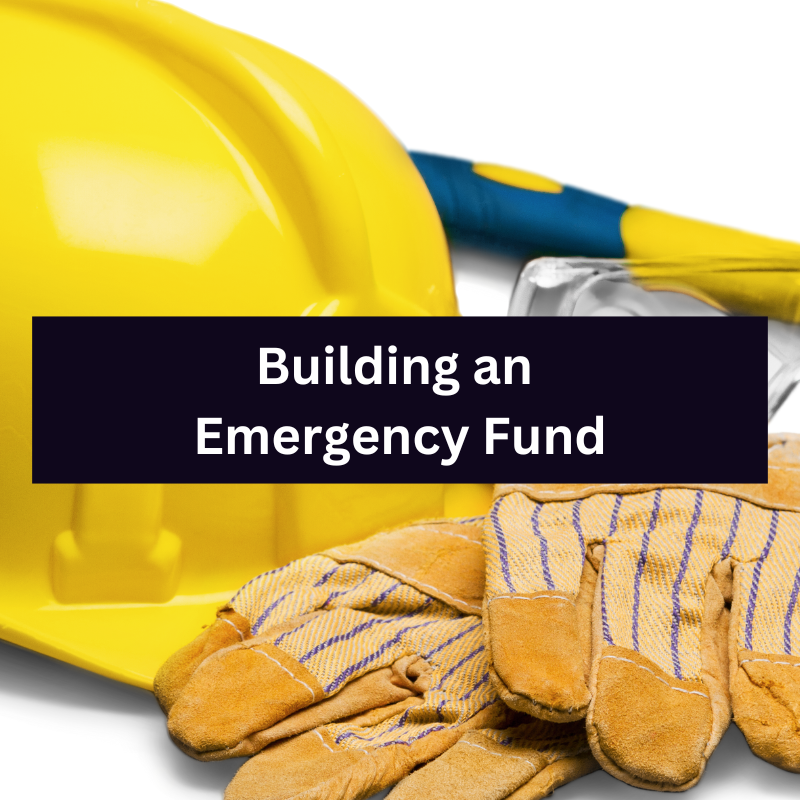Saving money is an important aspect of personal finance, and building an emergency fund is an essential part of that. An emergency fund can help provide you with financial security and peace of mind in the event of an unexpected expense or emergency.
But building an emergency fund can be challenging. It requires discipline, dedication, and a willingness to make some sacrifices in your daily life. Fortunately, there are some tips and tricks that can help you save more efficiently and build a solid emergency fund.
Tip 1: Set a Realistic Goal
The first step in building an emergency fund is to set a realistic goal. Experts recommend saving at least three to six months’ worth of living expenses in your emergency fund. This may seem like a daunting task, but remember that it’s important to start somewhere.
Break down your goal into smaller, achievable milestones. For example, if you want to save £10,000 for your emergency fund, you could aim to save £1,000 per month for ten months. If that figure seems out of reach you can start with a smaller figure such as £5000 and aim to save £500 per month for ten months. Choose a starting figure that suits you. This will make the goal seem more attainable and help you stay motivated.
Tip 2: Automate Your Savings
One of the best ways to build your emergency fund is to automate your savings. Set up automatic transfers from your current account to your emergency fund savings account each month. This will help you save consistently without having to remember to transfer money manually.
Many banks and financial institutions offer automatic savings plans that make it easy to set up regular transfers. You can also use budgeting apps to automate your savings and track your progress.
Tip 3: Cut Back on Unnecessary Expenses
Another way to build your emergency fund is to cut back on unnecessary expenses. Take a close look at your budget and see where you can reduce spending. Maybe you can eat out less often, cancel unnecessary subscriptions, or shop for groceries more efficiently.
Small changes can add up over time, so don’t underestimate the power of cutting back on even the smallest expenses. Consider adopting a more minimalist lifestyle or practising frugal living to help you save more money.
Tip 4: Don’t Be Afraid to Ask for Help
Finally, don’t be afraid to ask for help if you’re struggling to make ends meet. Building an emergency fund takes time and effort, and it’s okay to ask for assistance along the way.
Reach out to family, friends, or community resources for assistance. Many organisations offer financial counseling or assistance programmes that can help you get back on track.
In conclusion, building an emergency fund takes time and effort, but with these tips and tricks, you can save more efficiently and reach your financial goals. Remember to set a realistic goal, automate your savings, cut back on unnecessary expenses, and don’t be afraid to ask for help. With these strategies, you can build a solid emergency fund and enjoy financial security and peace of mind.

